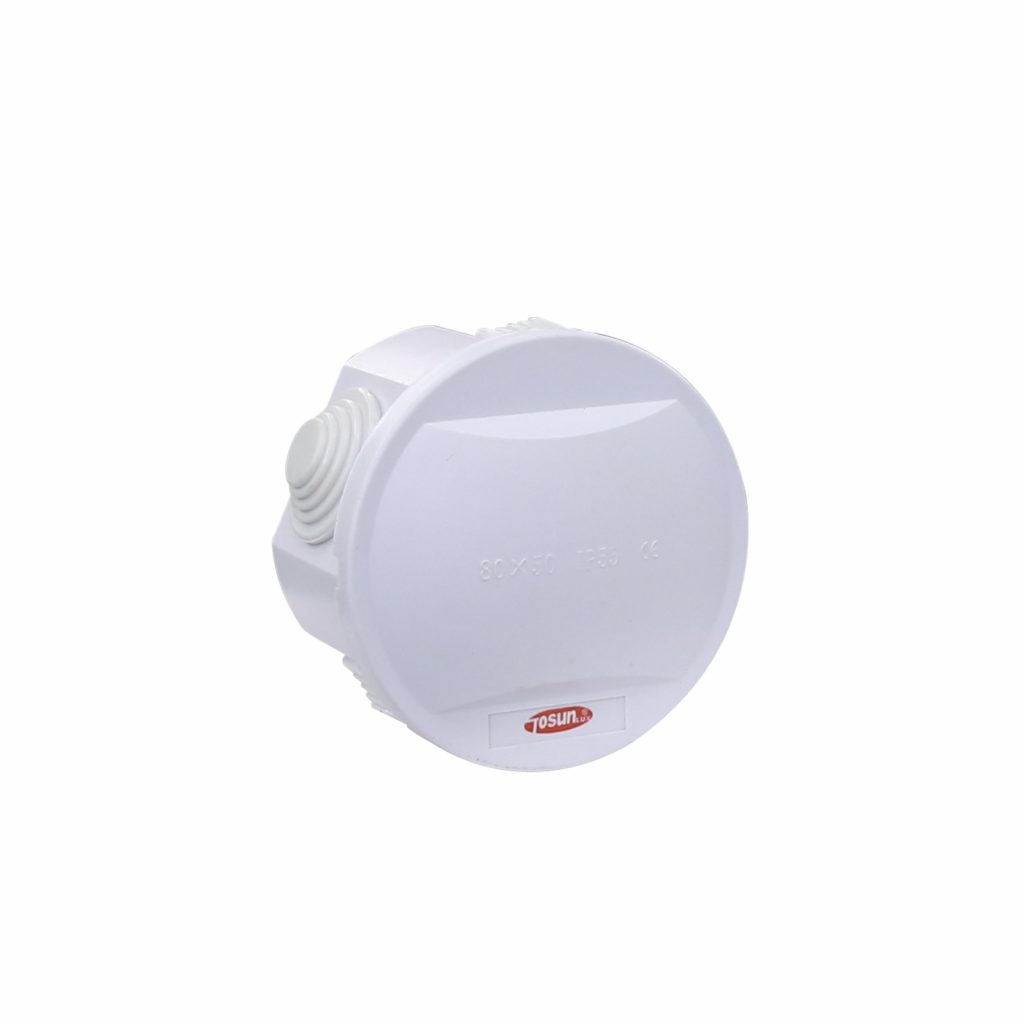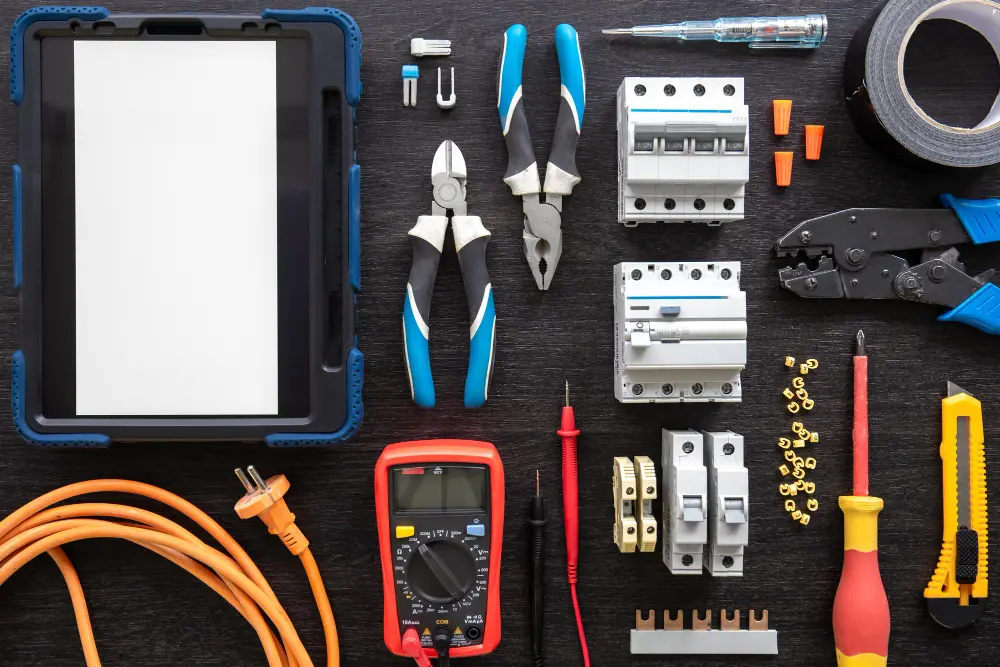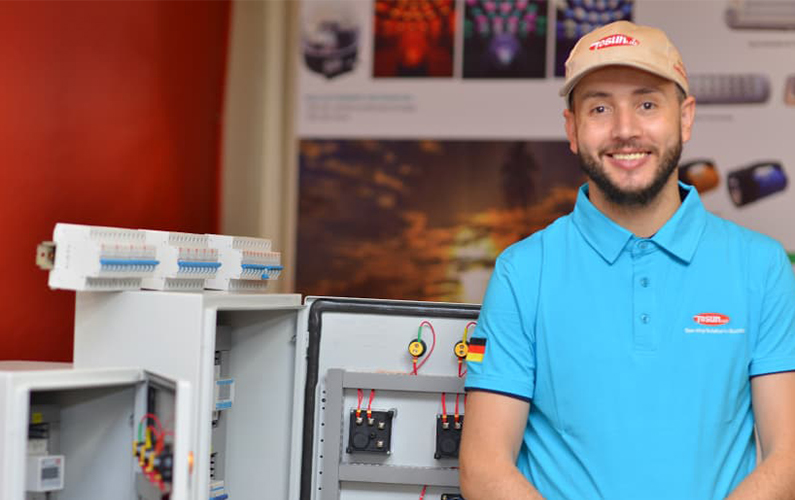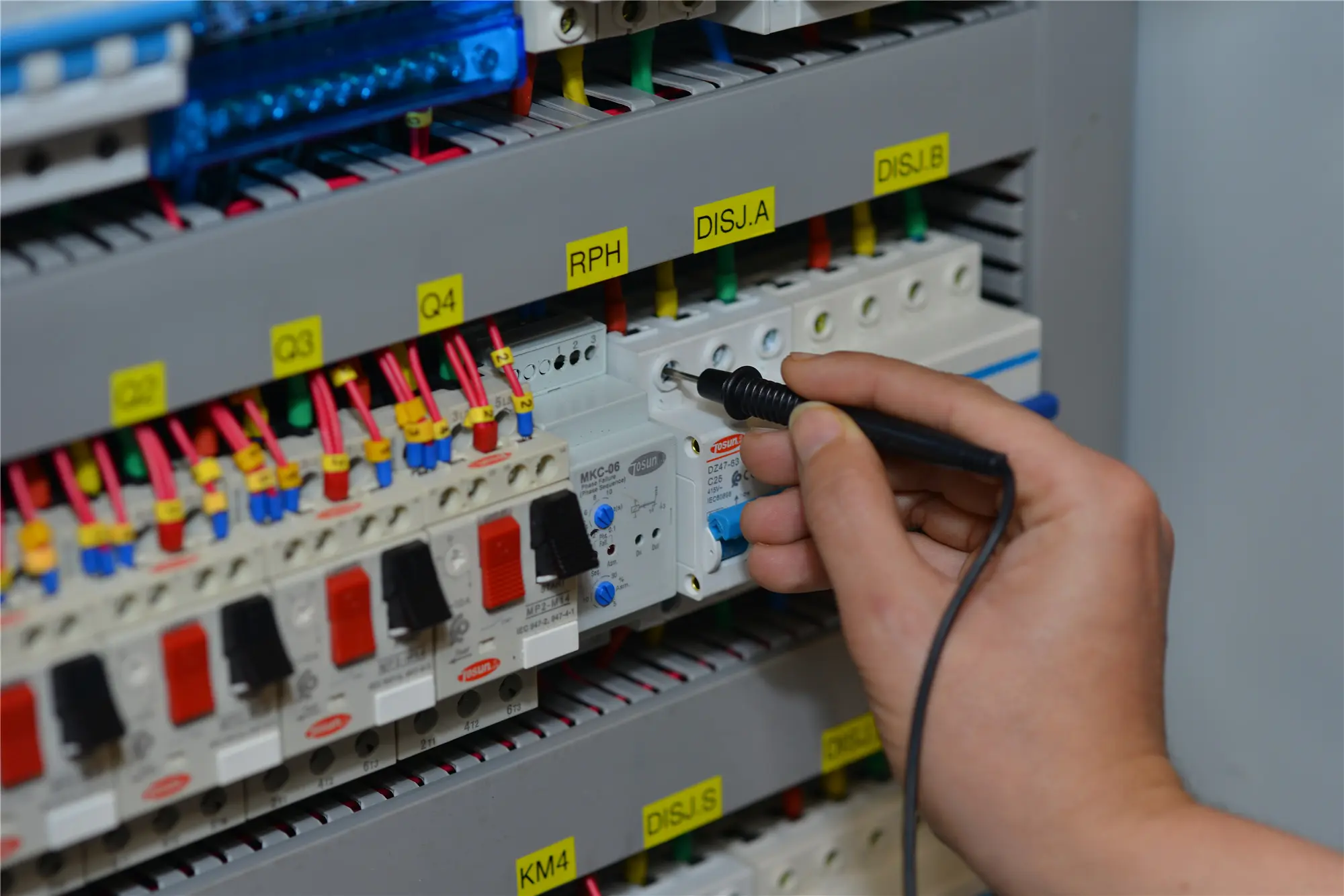Different Types of Electrical Boxes in Your Home
Table of Contents
ToggleElectrical boxes play a crucial role in keeping your home’s electrical system safe and efficient. Understanding the different types of electrical boxes can help ensure that wiring is done cor
rectly, preventing hazards like fires or electrical shocks. This article covers the various types of electrical boxes commonly used in homes, providing guidance on their purposes, materials, and applications. We’ll also dive into some important considerations to help you choose the right electrical box for your specific needs.
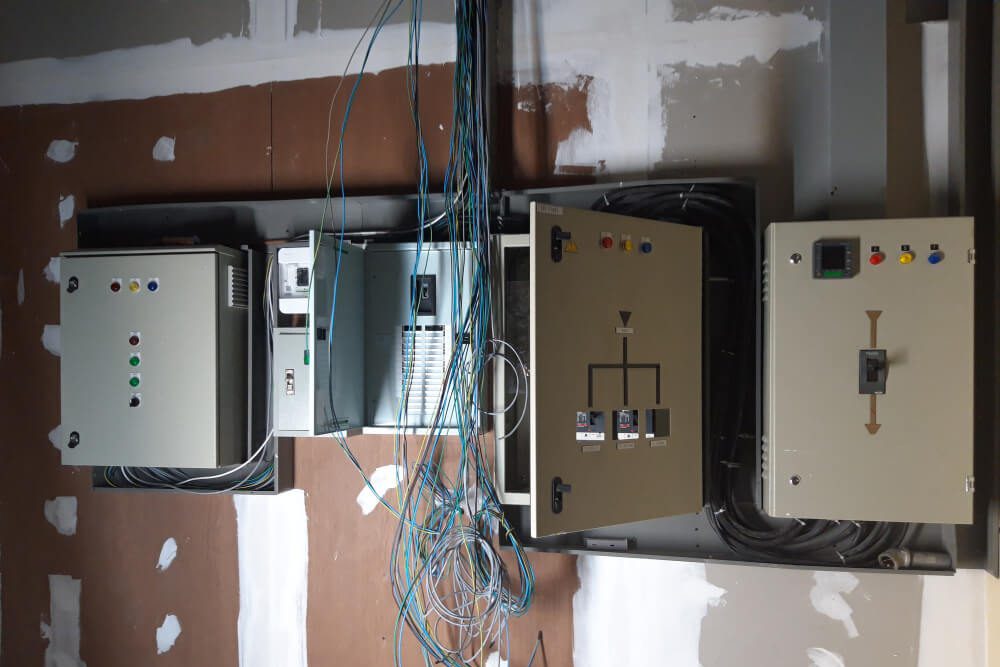
What Are Electrical Boxes in Your Home?
Electrical boxes are essential components of any electrical system in your home. They house electrical connections, such as wiring, switches, outlets, and junctions. These boxes protect the wiring and connections from damage, preventing fires, electrical shocks, or other hazards. Without electrical boxes, exposed wires could lead to dangerous consequences, especially in areas where electrical appliances or outlets are frequently used. Electrical boxes also help to conceal wires behind walls and ceilings, offering a clean and organized look while keeping your home safe.
Electrical boxes come in various sizes and materials, designed to accommodate different types of wiring and electrical components. Understanding these types is essential for selecting the right box for each electrical installation.
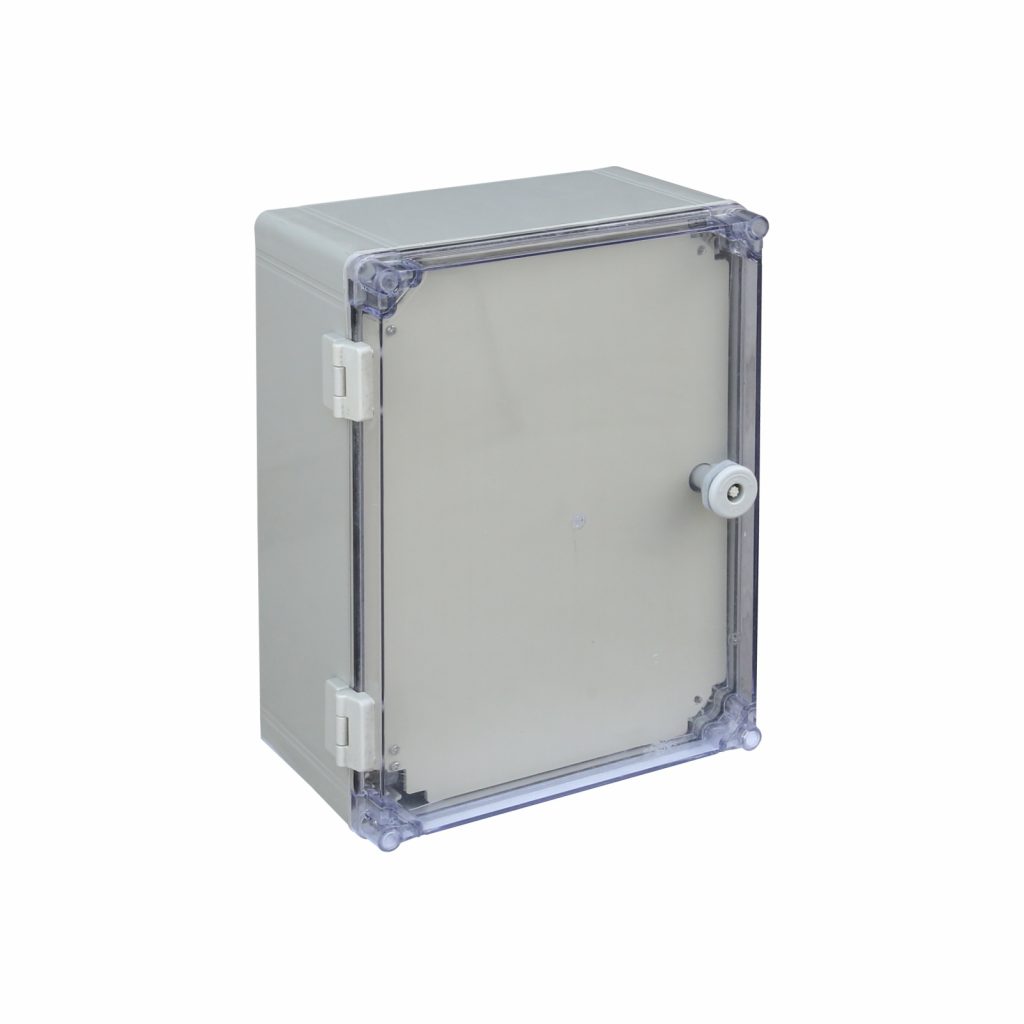
Key Considerations When Choosing Electrical Boxes
Selecting the correct electrical box size and material is crucial to ensure proper wiring and safety. Here are some key factors to consider:
- Box Size: The size of the electrical box depends on the number of devices you plan to install. A typical 2-gang box can house two devices, while a 4-gang box can hold up to four devices. Always make sure the box is large enough to accommodate the wiring and connections for all the devices it will house.
- Material: Electrical boxes come in either metal or plastic. Metal boxes provide durability and are fire-resistant, making them ideal for high-risk areas. Plastic boxes are lighter and easier to install but are generally used in non-metallic wiring applications.
- Location: Whether you are installing a box for an outlet, light switch, or ceiling fan, ensure the box is designed for the right environment. For outdoor installations, waterproof boxes are essential, while ceiling fan-rated boxes must be able to support the weight of the fan.
Types of Electrical Boxes
1. Metal and Plastic Electrical Boxes
Metal electrical boxes are commonly used in homes, as they are strong and offer superior fire resistance. These boxes are ideal for areas with high electrical loads or where there is a need for added durability. On the other hand, plastic boxes are lightweight and easy to work with, making them suitable for smaller, less demanding applications like residential outlets and switches.
2. 2-Gang, 3-Gang, and 4-Gang Electrical Boxes
These boxes are designed to accommodate multiple devices in a single installation. A 2-gang box can house two devices, such as a light switch and a power outlet, while 4-gang boxes are often used for installations requiring multiple outlets or switches. These boxes also come with cable clamps, making it easier to manage wiring.
3. Junction Boxes
A junction box is used to connect multiple circuits or devices. These boxes are essential in any electrical system that requires more than one device to share a power source. Junction boxes are available in various sizes and are often used in both residential and commercial buildings to ensure that multiple devices receive power from a single source.
4. Round Pan Electrical Boxes
Round pan boxes, also known as pancake boxes, are shallow boxes typically used for ceiling or wall-mounted light fixtures. These boxes are ideal for lightweight fixtures that weigh less than 50 pounds. They are especially useful when space is limited and are required to comply with electrical codes for safety.
5. Octagon and Round Electrical Boxes
Octagon electrical boxes are typically used for light fixtures. These boxes are available in a standard 4-inch diameter and can hold one or two electrical connections. They are often made from metal and are designed to accommodate heavier fixtures like chandeliers or ceiling lights. Round electrical boxes are similar but are slightly shallower and ideal for smaller, lighter fixtures.
6. Ceiling Fan-Rated Electrical Boxes
When installing a ceiling fan, a ceiling fan-rated electrical box is a must. These boxes are designed to support the weight of ceiling fans and house the electrical connections for the fan’s operation. Ceiling fan-rated boxes are labeled with a weight rating, such as “75 lbs,” to ensure they can safely support the fan.
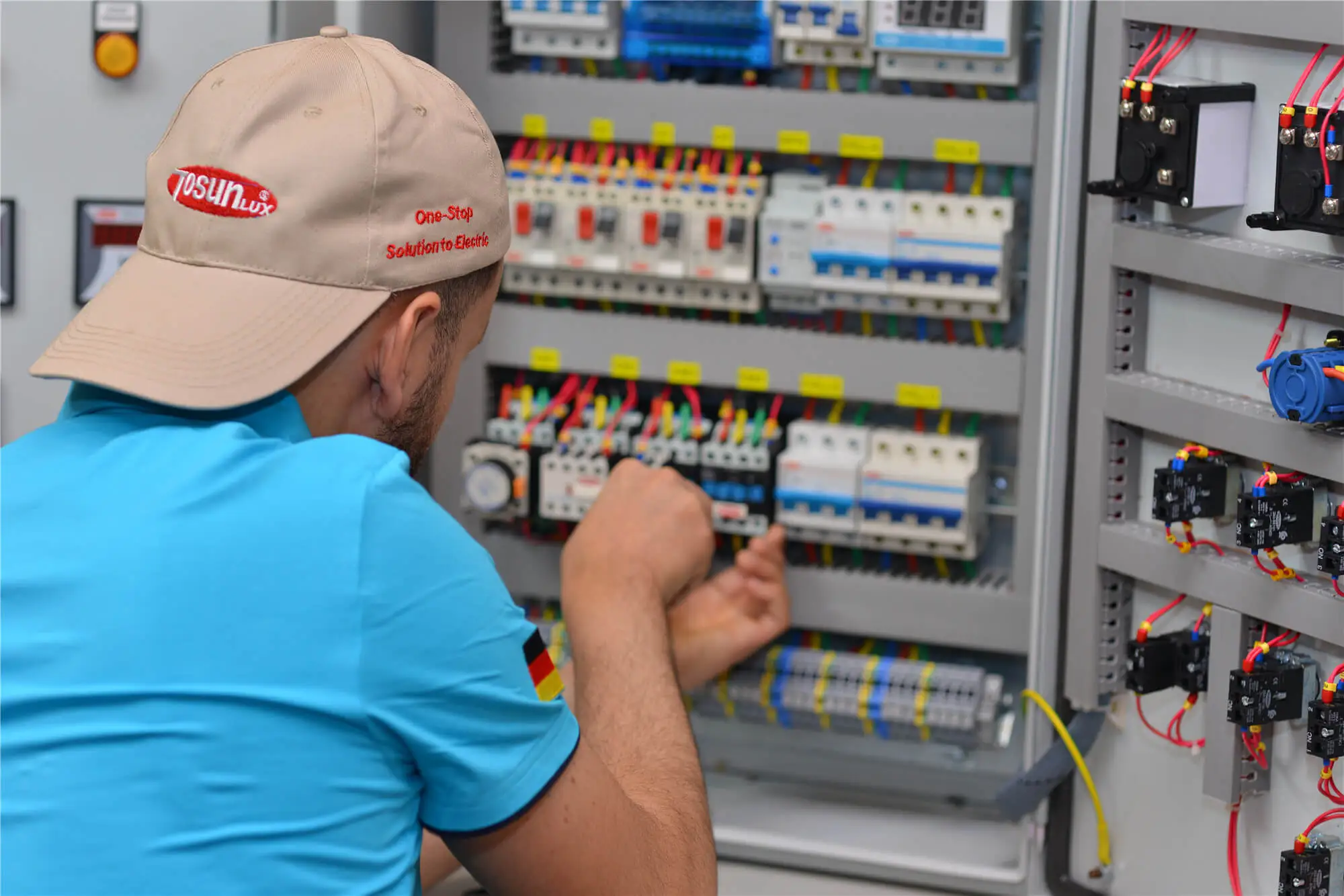
Explore TOSUNlux’s Wide Range of Electrical Boxes – Request a Catalog Today!
How to Choose the Right Junction Box for Your Needs
When it comes to selecting an electrical box for any wiring project, it’s important to consider the requirements of the system. Here are some tips for choosing the right junction box:
- Size and Capacity: The size of the junction box is crucial for accommodating the number of wires and devices that will be housed within it. Make sure the box provides enough space to avoid overcrowding, which could lead to overheating or short circuits.
- Location: Junction boxes need to be rated for both indoor and outdoor use depending on their location. For outdoor electrical setups, be sure to select a weatherproof junction box to protect the wiring from rain and moisture.
FAQ: Common Questions About Electrical Boxes
Q: What is the standard size for a rectangular electrical box?
A: Standard rectangular electrical boxes are typically 2 inches wide and 3 inches high, with depths ranging from 1.5 inches to 3.5 inches. This size is ideal for single outlets or switches.
Q: Can junction boxes be used outdoors?
A: Yes, junction boxes are available in weatherproof designs specifically for outdoor use, protecting the wiring from exposure to the elements.
Q: What is the difference between a metal and plastic electrical box?
A: Metal boxes offer more durability and are fire-resistant, while plastic boxes are lightweight, easier to install, and suitable for non-metallic wiring applications.
Q: How do I install a ceiling fan-rated electrical box?
A: Ensure the box is securely mounted to a ceiling joist or support bracket, and check the weight rating to ensure it can support the ceiling fan’s weight.
Conclusion
Choosing the right electrical box is essential for ensuring the safety and efficiency of your home’s electrical system. Whether you’re installing outlets, switches, or a ceiling fan, selecting the correct type and size of electrical box will help prevent electrical hazards and make your installation process easier. Understanding the different types of electrical boxes, such as junction boxes, ceiling fan-rated boxes, and various gang boxes, ensures you make the right decision for your needs.
For more information on selecting the right electrical box for your home, visit our guide on How Do I Choose an Electrical Box?.
Tel: +86-577-88671000
E-mail: ceo@tosun.com
Skype: tosunelectric
Wechat: +86-139 6881 9286
WhatsApp: +86-139 0587 7291
Address: Room No.1001 Wenzhou Fortune Center,Station Road, Wenzhou, China
REQUEST A QUOTE
WhatsApp us
 : +86-139 0587 7291
: +86-139 0587 7291 English
English Español
Español Русский
Русский Français
Français العربية
العربية Português do Brasil
Português do Brasil Українська
Українська Türkçe
Türkçe Polski
Polski Nederlands
Nederlands Italiano
Italiano Bahasa Indonesia
Bahasa Indonesia हिन्दी
हिन्दी اردو
اردو አማርኛ
አማርኛ Հայերեն
Հայերեն ไทย
ไทย Монгол
Монгол فارسی
فارسی Shqip
Shqip Ελληνικά
Ελληνικά
